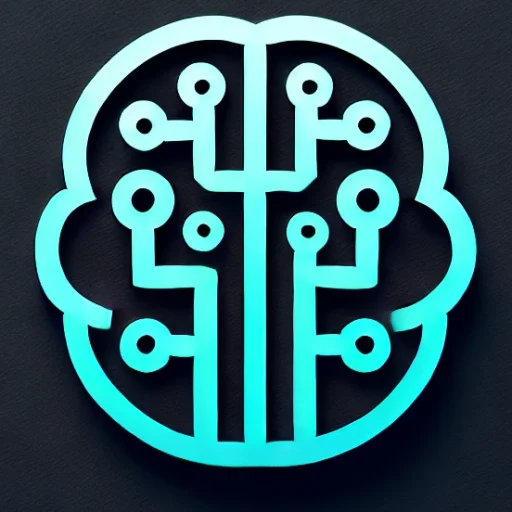
Introduction
In recent years, the rapid advancement of artificial intelligence, particularly in the realm of language models, has revolutionized the way we interact with technology. These sophisticated AI-driven systems are not just improving communication but are also reshaping entire industries. As organizations grapple with the challenges of digital transformation, AI language models are emerging as pivotal tools for enhancing productivity, creativity, and decision-making processes.
Key Insights & Latest Advancements
At the forefront of AI development are large language models, such as OpenAI’s GPT series and Google’s BERT and LaMDA. These models have reached unprecedented levels of complexity and capability, boasting billions of parameters that allow them to understand and generate human-like text. The iterative improvements in natural language processing (NLP) have significantly expanded the possibilities for AI applications.
Recent breakthroughs include the integration of transformers, which have made these models more efficient at understanding context and generating responses that are coherent and contextually relevant. The leap in language models is marked not only by their ability to generate text but also by their comprehension skills, allowing them to summarize, translate, and even engage in creative writing tasks.
Real-World Applications
AI-driven language models are being implemented across various sectors, offering innovative solutions that were once thought to be the domain of human intelligence alone:
-
Customer Service: Companies are deploying AI chatbots that leverage language models to provide timely and effective support, cutting down response times and improving customer satisfaction.
-
Content Creation: Writers and marketers are using AI tools to generate creative content, from articles and social media posts to intricate marketing campaigns, freeing up human resources for more strategic work.
-
Healthcare: Language models are being applied in medical research, assisting in the organization and interpretation of complex data, improving diagnostics, and even aiding in patient interaction.
-
Education: AI tutors powered by language models provide personalized learning experiences, supporting both students and educators in optimizing the educational journey.
Challenges & Future Outlook
Despite their transformative potential, AI language models face several challenges. Ethical concerns are paramount, including the risk of biased outputs, misinformation, and privacy issues. There is also the technical challenge of making these models more energy-efficient and less resource-intensive.
Looking forward, the focus is on building more transparent and accountable AI systems. Researchers are exploring methods to reduce biases and improve the interpretability of language models. The future of AI language models includes not only enhancing their capabilities but also ensuring they are safe, equitable, and trustworthy.
Conclusion
AI-driven language models represent a significant turning point in the field of artificial intelligence, with widespread implications across numerous industries. While challenges remain, the advancements in this technology promise a future where AI can augment human potential in meaningful and ethical ways. As we continue to explore the capabilities of these models, they offer a compelling glimpse into the future of intelligent machines and their role in our daily lives.
In conclusion, AI language models are not just tools but partners in innovation, paving the way for a future where human and machine collaboration reaches new heights. The journey is just beginning, and the possibilities are endless.

